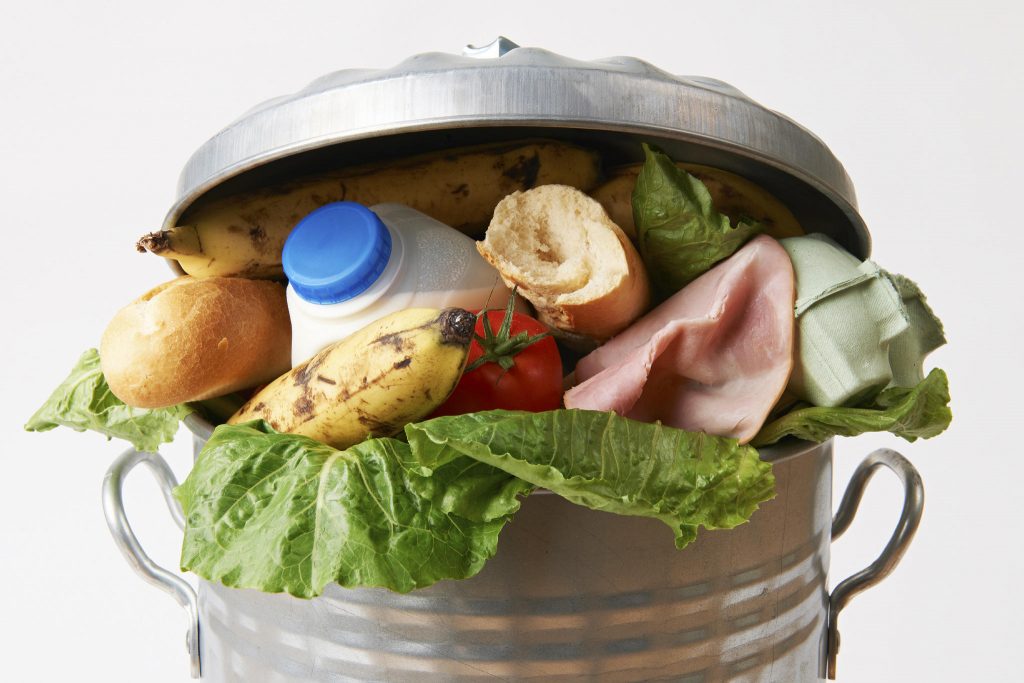Reducing Food Waste

In the U.S., over 37 million tons of food are wasted each year. That’s a lot of food that ends up in landfills instead of on plates!
Most people probably don’t realize how much food they are actually wasting. The sliced bread that got moldy before you finished it; the leftover meatloaf that you meant to bring for lunch, but didn’t; the forgotten cucumbers that are hiding in the back of the produce drawer.
Food waste piling up in landfills is a problem for the environment, but it’s also a problem for your wallet.
Did you know that households throw away $640 worth of food each year?
Some foods are more likely to get wasted than others. Foods with a short shelf life, such as raspberries, are more likely to end up going bad and getting tossed in the trash. Foods that need preparation, such as a head of lettuce or a whole pineapple, are also prone to becoming food waste.
No one would intentionally throw money into a landfill, but that’s basically what happens when we waste food. Let’s stop this problem, so we can help the environment and save money. That’s a win-win situation!
The Environmental Protection Agency (EPA) has developed tips to help you reduce food waste. Some simple ideas that can make a big impact include:
- Make a plan before you go grocery shopping. Have a list with the food item needed and the amount you need for the meals you plan to make.
- Check your pantry before going shopping, so you don’t buy ingredients that you already have.
- Properly store your produce. Most fruits and vegetables should be stored in the fridge. Bananas, mangoes, and pineapple should be stored outside the fridge. Potatoes and onions should also be stored outside the fridge, in a cool and dark place.
- Prep foods after you purchase them, so you can use them for snacking and cooking throughout the week. For example, remove the rind from large fruits such as pineapple and melons, cut them into chunks and place in air tight storage containers in the fridge so it is ready and easily eaten.
For a complete list of tips and a toolkit with other resources, check out the EPA’s website here
ERS’s Food Loss Data Help Inform the Food Waste Discussion. (2013). Retrieved June 20, 2016, from http://www.ers.usda.gov/amber-waves/2013-june/ers-food-loss-data-help-inform-the-food-waste-discussion.aspx#.V2mfWOYrJEK
Food: Too Good to Waste Implementation Guide and Toolkit. Retrieved June 6, 2016, from https://www.epa.gov/sustainable-management-food/food-too-good-waste-implementation-guide-and-toolkit
Malcolm, H. (2015). U.S. households trash $640 in food a year. Retrieved June 6, 2016, from http://www.usatoday.com/story/money/2015/06/24/americans-annual-food-waste/28988971/
Leave a Reply